
Tschudi's tapaculo is a species of bird in the family Rhinocryptidae. It is endemic to Peru.

The Ancash tapaculo is a species of bird in the family Rhinocryptidae. It is endemic to Peru.

The neblina tapaculo is a species of bird in the family Rhinocryptidae. It is endemic to the Andes of northern Peru.
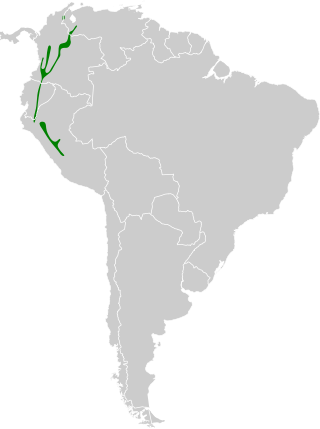
The white-crowned tapaculo is a species of bird in the family Rhinocryptidae. It is found in Bolivia, Colombia, Ecuador, Peru, and Venezuela.
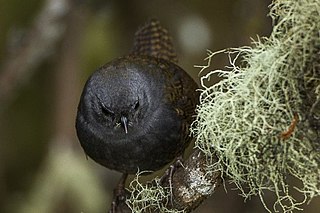
The Paramo tapaculo is a species of bird in the family Rhinocryptidae. It is found in the Andes of Ecuador and southern Colombia.
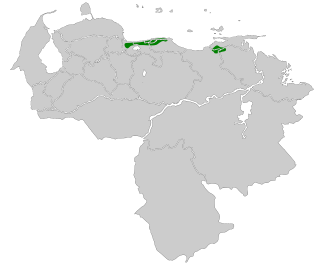
The Caracas tapaculo is a species of bird in the family Rhinocryptidae. It is endemic to Venezuela.
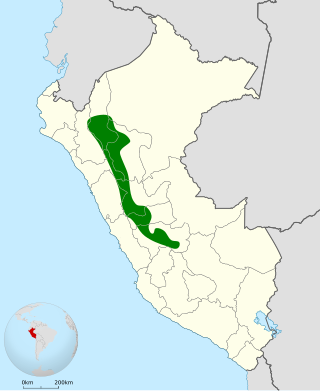
The rufous-vented tapaculo is a species of bird in the family Rhinocryptidae. It is endemic to Peru.

The dusky tapaculo is a species of bird in the family Rhinocryptidae. It is endemic to Chile.

The pale-bellied tapaculo, also known as the matorral tapaculo or rufous-rumped tapaculo, is a species of bird in the family Rhinocryptidae. It is found in Colombia and Venezuela.
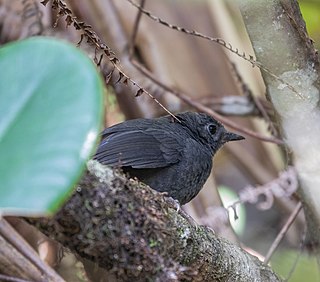
The brown-rumped tapaculo is a species of bird in the family Rhinocryptidae. It is endemic to Colombia.

The blackish tapaculo is a species of bird in the family Rhinocryptidae. It is found in Colombia, Ecuador, Peru, and Venezuela.

The Tacarcuna tapaculo is a species of bird in the family Rhinocryptidae. It is found in Panama and Colombia.

The Santa Marta tapaculo is a species of bird in the family Rhinocryptidae. It is endemic to the Sierra Nevada de Santa Marta of Colombia.

The puna tapaculo is a species of bird in the family Rhinocryptidae. It is found in Bolivia and Peru.
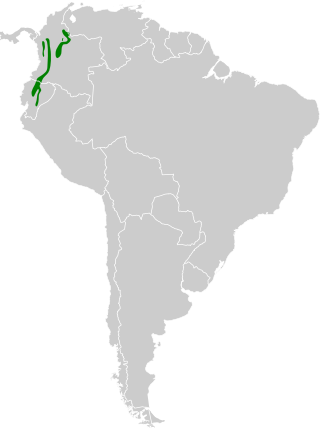
Spillmann's tapaculo is a species of bird in the family Formicariidae. It inhabits the Andes of Colombia and Ecuador.
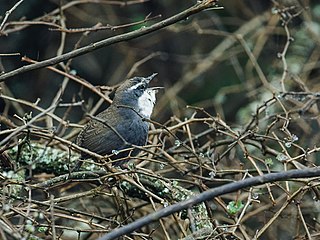
The white-browed tapaculo is a species of bird in the family Rhinocryptidae. It is found in northwestern Argentina.

The Nariño tapaculo is a species of bird in the family Rhinocryptidae. It is found in Colombia and Ecuador.

The Vilcabamba tapaculo is a small passerine bird in the family Rhinocryptidae. It is endemic to Peru.

The jalca tapaculo is a species of bird in the family Rhinocryptidae. It is endemic to Peru.

The Loja tapaculo is a species of bird in the family Rhinocryptidae that the South American Classification Committee of the American Ornithological Society (AOS) accepted as a new species in July 2020. It had been classified as a subspecies of paramo tapaculo. It is found in Ecuador and Peru.





















